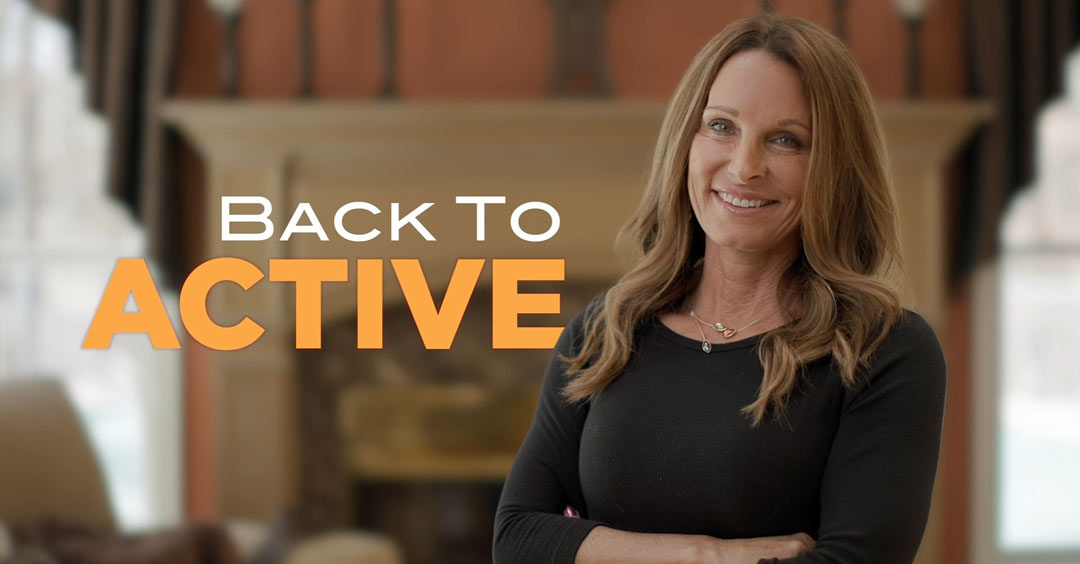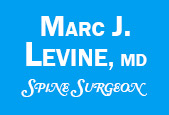
08 May This Isn’t About Pain. It’s About Permission to Live Again
Cheryll Schailey spent her early years as a competitive gymnast, disciplined, active, and physically strong. But long after the gymnastics ended, something lingered beneath the surface. Gradually, her back pain intensified. Eventually, daily activities became difficult. Going to the gym was no longer possible, and most of her time was spent immobile on the sofa. It became clear she wasn’t just dealing with discomfort; her quality of life had changed.
Getting the Full Picture
At Robert Wood Johnson University Hospital Hamilton, Cheryll was evaluated at the Orthopedic and Spine Institute by Dr. Marc J. Levine, MD. Imaging showed a bony defect in her spine and misalignment that helped explain her symptoms. But to understand the complete cause of her pain, an MRI was ordered.
This revealed compression of a spinal nerve, giving the team a clearer understanding of what was happening and confirming the need for surgical intervention.
Two Stages, One Goal
Cheryll’s procedure was carried out in two coordinated stages. The first involved approaching the spine through the abdomen, an anterior access that allowed the team to avoid disturbing the back muscles. Dr. Levine worked alongside vascular surgeon Dr. Rahimi, who safely moved internal structures to allow clear access.
The damaged disc was removed, and a stabilizing implant was placed to restore alignment.
In the second stage, Cheryll was repositioned, and the spine was further secured from the back using screws and rods applied with minimally invasive techniques.
A Different Kind of Recovery
After surgery, relief came quickly. Her back, once reactive to even subtle movement, was finally at rest. The results were not just visible on scans, they were felt in everyday life. Within two weeks, Cheryll returned for follow-up walking comfortably, without signs of the pain that had once defined her days.
Today, she’s returned to her routine, this time, without limits. Her journey reflects more than surgical success. It marks the point where pain no longer made the decisions; she could.

